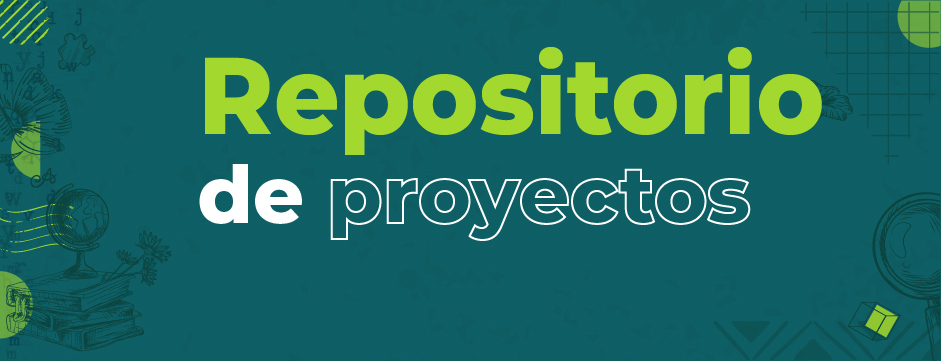
Por favor, use este identificador para citar o enlazar este ítem:
http://biblioteca.udea.edu.co:8080/leo/handle/123456789/6257| Título : | Arqueología subacuática en el Golfo de Urabá, sector Bahía Colombia |
| Autor : | Ruíz Bohórquez, César Augusto Gómez García, Alba Nelly (Asesora) |
| Palabras clave : | Golfo de Urabá - Antioquia (Colombia);Río Atrato (Colombia);Prospección arqueológica;Arqueología subacuática;Arqueología braille;Desviación curso del Atrato;Golfo de Urabá |
| Fecha de publicación : | 2017 |
| Editorial : | Universidad de Antioquia |
| metadata.dc.description.notes: | Véase texto completo https://hdl.handle.net/10495/14286 |
| Citación : | Ruiz Bohórquez, C. A. (2017). Arqueología Subacuática en el Golfo de Urabá, sector Bahía Colombia [Trabajo de grado para optar al título de Antropólogo]. Universidad de Antioquia. |
| Resumen : | RESUMEN: se presenta aquí un estudio de prospección subacuática realizado en las aguas del golfo de Urabá, sector de bahía Colombia, en ocho islotes sumergidos a poca profundidad, encontrando una inusitada baja visibilidad en toda el área, además se realizaron algunos recorridos en tierra cerca de algunos de dichos islotes para determinar alguna homogeneidad entre el paisaje sumergido y el paisaje en tierra; también se muestra el estado actual de la ley de patrimonio sumergido vigente para Se presenta en este informe de investigación los trabajos de prospección arqueológica Colombia, hecha al dedillo para el expolio del galeón San José, cuyo hallazgo se mantuvo oculto hasta poco después de la ratificación de dicha reglamentación; así mismo se plantea la hipótesis del cambio del curso del río Atrato al poco tiempo del contacto con el viejo mundo, debida al abandono de los campos de cultivo y sus sistemas de riego así como al sistema de contención de las subidas del cauce en temporadas de lluvias, abandonados éstos después del contacto y cuyas causas aún no están muy claras, conjeturándose las epidemias o el etnocidio como las más posibles. Este hallazgo se presenta a manera de hipótesis, apoyándose en cartografías antiguas halladas en diversas fuentes, textos de cronistas europeos e incluso páginas digitales y muy especialmente en la configuración actual del fondo; esperando ahondar en este aspecto en prospecciones futuras e intentando interesar también a otros investigadores de la zona, con lo cual se haría manifiesta la movilidad del cauce del Atrato y la conveniencia de su posible reencauzamiento antiguo para frenar el efecto de colmatado o acreción de los fondos debida al aporte sedimentario de dicho río y que va en aumento debido a la erosión en todo su cauce y el de sus tributarios, debiendo tomarse medidas justo en este momento en que se planean obras de infraestructura de gran envergadura en la región, con miras de conectar la carretera panamericana vía autoferry y crear nuevos puertos en el golfo, en el marco del post-conflicto interno y la apertura económica, tras de más de 50 años de guerra. ABSTRACT: here we present a study of underwater prospecting carried out in the waters of the Gulf of Urabá, sector of Bahía Colombia, on eight islets submerged at a shallow depth, finding unusual low visibility throughout the area, as well as some land tours near some of these islets to determine some homogeneity between the submerged landscape and the landscape on land; It also shows the current status of the law of submerged heritage in force for This research report presents the archaeological prospecting work Colombia, done by the hand for the plunder of the galleon San José, whose finding was kept hidden until shortly after ratification of said regulation; Likewise, the hypothesis of the change of the course of the Atrato river is proposed shortly after contact with the old world, due to the abandonment of the cultivation fields and their irrigation systems as well as the containment system of the riverbed rises in seasons of rains, these abandoned after contact and whose causes are not yet very clear, the epidemics or ethnocide being conjectured as the most possible. This finding is presented as a hypothesis, based on ancient cartographies found in various sources, texts by European chroniclers and even digital pages, and especially in the current configuration of the fund; hoping to delve into this aspect in future prospecting and also trying to interest other researchers in the area, which would make manifest the mobility of the Atrato channel and the convenience of its possible old re-routing to curb the effect of colmatado or accretion of the funds due to the sedimentary contribution of said river and which is increasing due to erosion in its entire channel and that of its tributaries, measures should be taken just at this time when large-scale infrastructure works are planned in the region, with a view to connect the Pan-American highway via autoferry and create new ports in the gulf, in the framework of the post-internal conflict and economic opening, after more than 50 years of war. |
| URI : | http://biblioteca.udea.edu.co:8080/leo/handle/123456789/6257 |
| Aparece en las colecciones: | Trabajos de Pregrados |
Ficheros en este ítem:
| Fichero | Descripción | Tamaño | Formato | |
|---|---|---|---|---|
| RuizCesar_2017_ArqueologiaSubacuaticaGolfo.pdf | Trabajo de grado de pregrado | 6.28 MB | Adobe PDF | Visualizar/Abrir |
Este ítem está sujeto a una licencia Creative Commons Licencia Creative Commons
